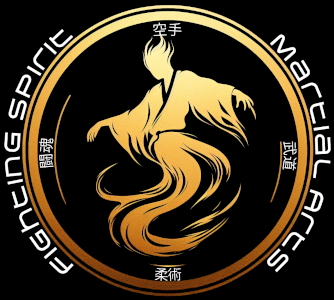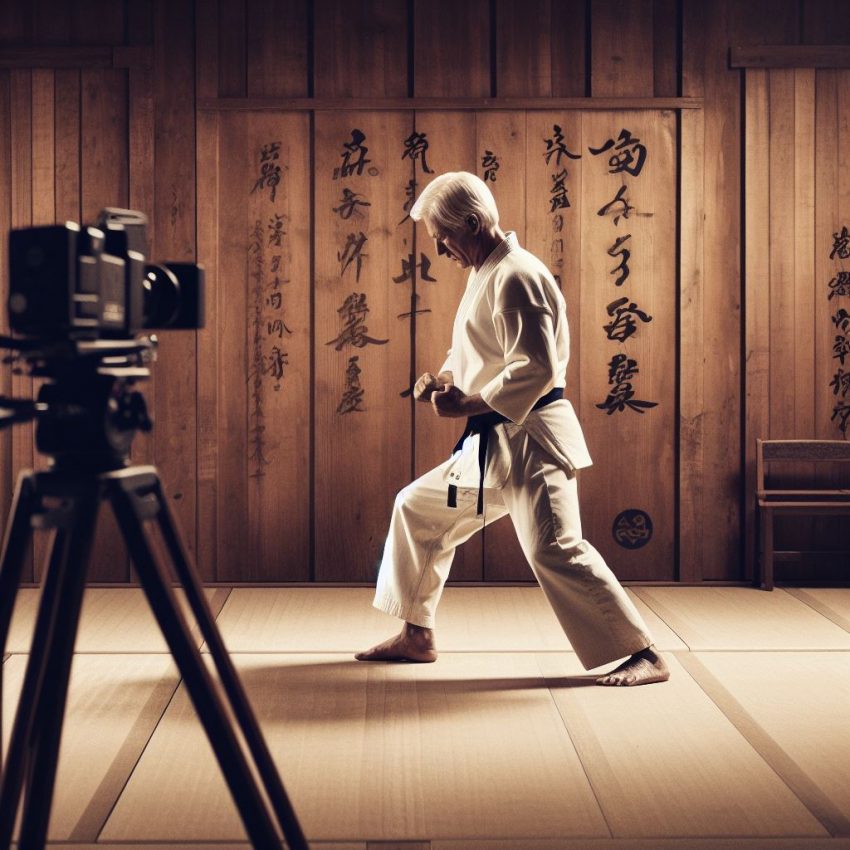Over the years, various forms of martial arts have been documented and preserved through media, ensuring that the wisdom of generations is passed on to keen learners. Today, I’m excited to share with you a special collection of Kata videos from Chito-Ryu Karate, presented by the esteemed Sensei Gary Hollman. Though recorded quite some time ago, the essence of these techniques and the kata remains steadfast.
Sensei Gary Hollman: A Brief Biography
Sensei Hollman’s journey into the world of martial arts began in Toronto, where he trained at Northern under the guidance of Sensei Cezar Borkowski in the Shotokan system. After dedicating two years to Shotokan, life’s twists and turns, especially his military career, required more of his attention.
However, his passion for martial arts didn’t wane. Upon relocating to Trenton, Sensei Hollman immersed himself in Chito-ryu karate and Canadian jiu-jitsu under the tutelage of Sensei Robert Walther. The mid-90s saw him delve into My Jong and Hsing-I kung-fu, adding another layer to his diverse martial arts portfolio.
Having achieved the impressive rank of Roku-dan (6th dan) in jiu-jitsu and Go-dan (5th dan) in karate, Sensei Hollman’s contributions to the martial arts community extend beyond just learning. He has been imparting his knowledge and teaching for an impressive 25 years.
A Timeless Treasure: Chito-Ryu Kata Videos
Thanks to Sensei Hollman’s generosity, I’ve been granted the privilege to share these invaluable Chito-Ryu Kata videos with you all. While time might have aged the recordings, the techniques, spirit, and foundation of the kata remain unchanged. This is especially significant for those tracing the lineage of Chito-Ryu Karate under Sensei Monty Guest.
As we explore these videos, it’s essential to approach them with an open heart and a curious mind. Understand that while styles evolve and techniques get refined over the years, the foundation remains rooted in tradition.
Stay tuned as we delve deep into the world of Chito-Ryu Karate with Sensei Gary Hollman. Whether you’re a novice or a seasoned martial artist, there’s always something new to learn from these age-old techniques.
In the list below, buttons with Green text are traditionally practiced as mandatory kata, while buttons with White text are typically optional (depending on the Dojo). Buttons with Red text represent kata that do not have a video.
White Belt
Yellow Belt
Orange Belt
Green Belt
Blue Belt
Brown Belt

